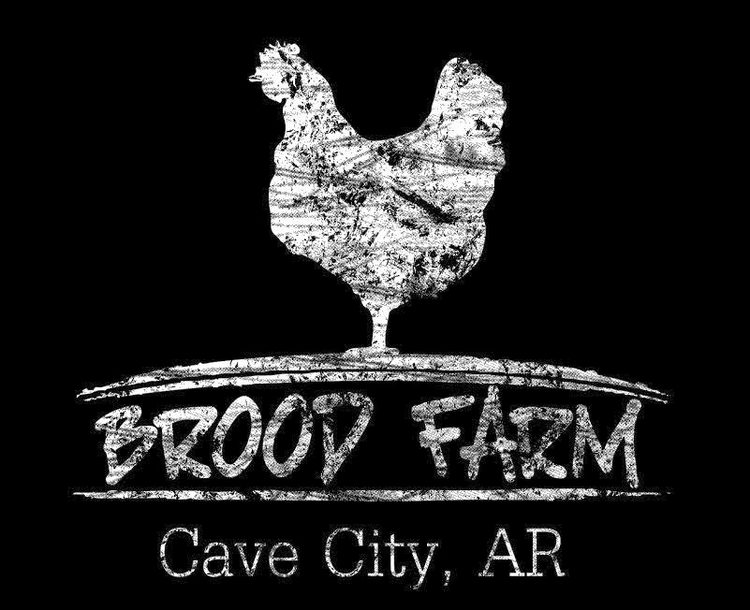As previously mentioned, our chickens are on strike. We are currently bringing in between 4 and 6 eggs a day, which isn't even enough to feed our family. So, (horror of horrors) we've been forced to supplement with eggs from the grocery store. I thought that I would take advantage of this sad time and do a little yolk comparison for you to see.
In the bowl are three eggs from three different sources. The yolks tell the story.
What story exactly?
Well, a more vibrant, orangey yolk is evidence of carotenoids in the hens' diet. Many of these carotenoids, like beta-carotene, provide micronutrients such as Vitamin A and lutein. Hens are very rarely fed these types of nutrients, so the darker yolk color is typically evidence that a hen is pastured or free-range and has been able to forage for these nutrients herself. In other words, the darker yolk is evidence of a healthier egg for you and a healthier life for the chicken that produced it.
The top left egg came from this package. It is a white-shelled egg that is basically the most economical choice at the market. Notice its pale color. On another note, the yolk holds together poorly. If you're looking to separate yolks from whites for a recipe, good luck with this egg!
The yolk on the right came from this carton and is a brown "cage free" egg. From an animal-treatment viewpoint, cage free is definitely better than an egg produced in the more common large-scale production manner, with chickens living in cages offering approximately the same amount of floor space a letter-sized piece of paper would provide. However, the term "cage free" does not guarantee that the hen has ever been exposed to outside time or even set foot on grass. I am interested to see how our eggs look next to store-bought eggs labeled "pastured" "free range" and "organic." I'll have to follow up with another post on that!
The egg at the bottom left of the picture is one of ours. I thought it was pretty interesting how starkly different it looks from the other two, even in the dead of winter. Obviously, the hens aren't able to find nearly as much live forage this time of year, but it is still enough to set their yolks apart and keep them bright. Hooray for Brood Farm eggs! Now, if we could just talk the ladies into laying a few more (dozen) of them per day, we could have enough of these nutrient-dense eggs to go around again!



